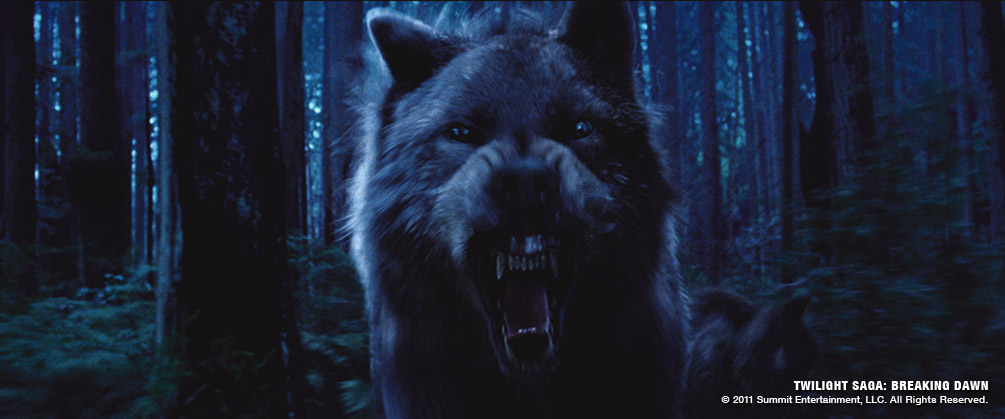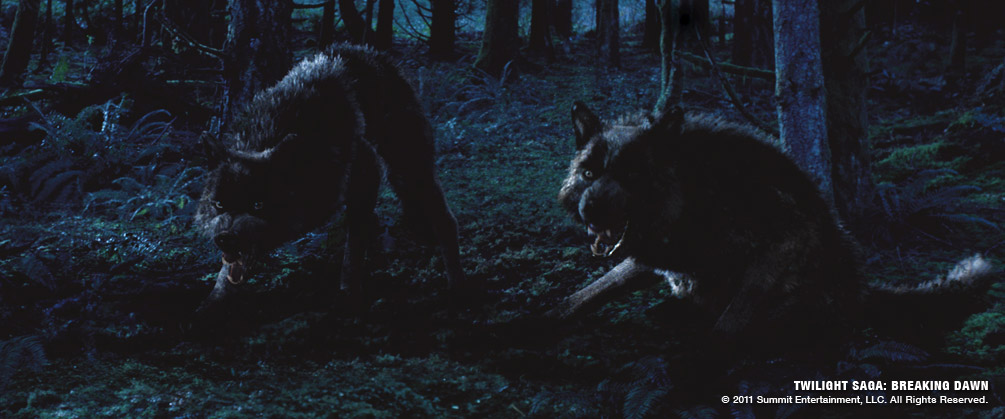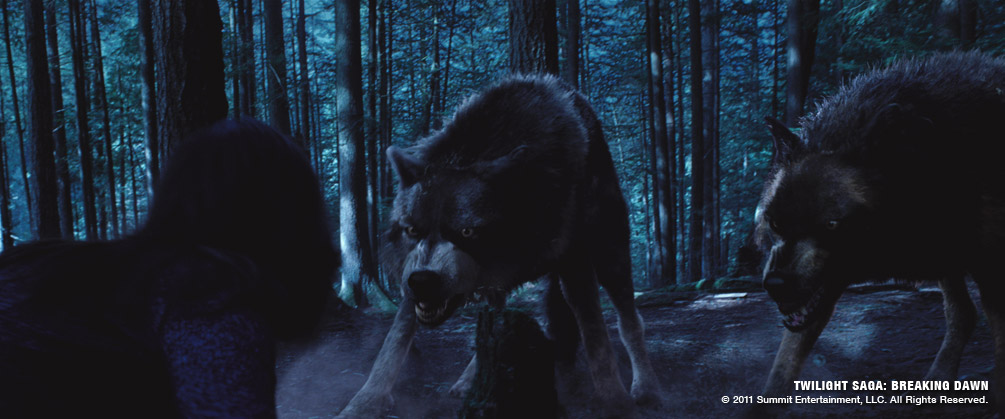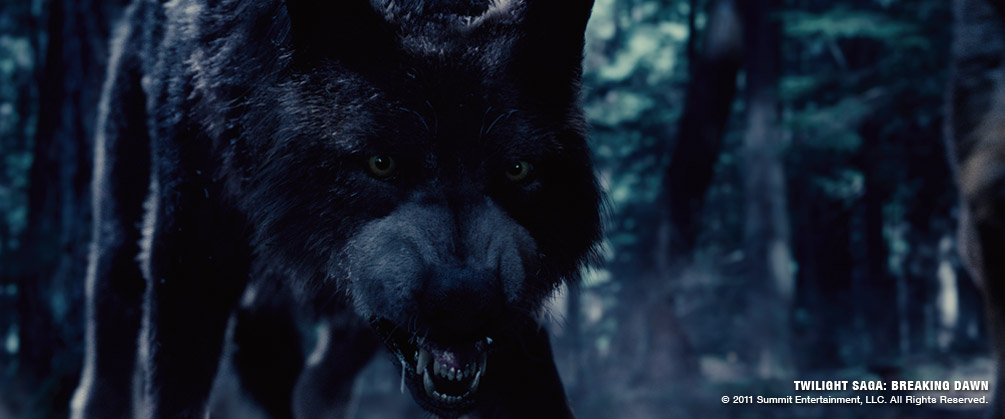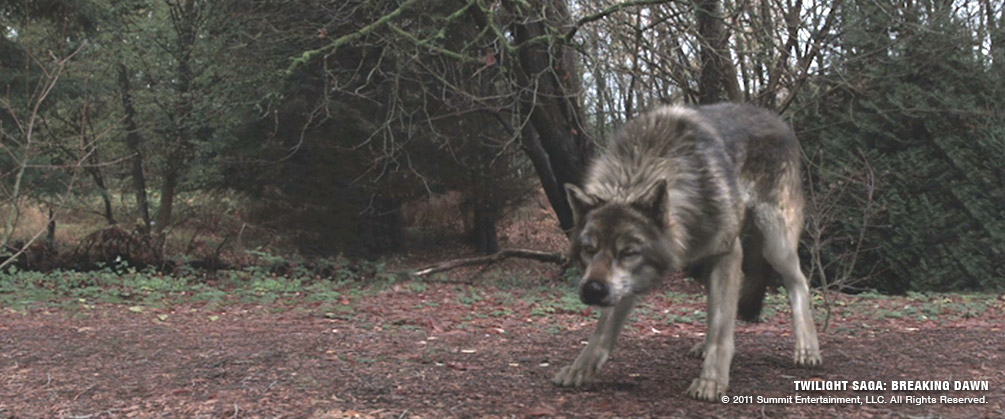The Twilight Saga: Breaking Dawn Case Study
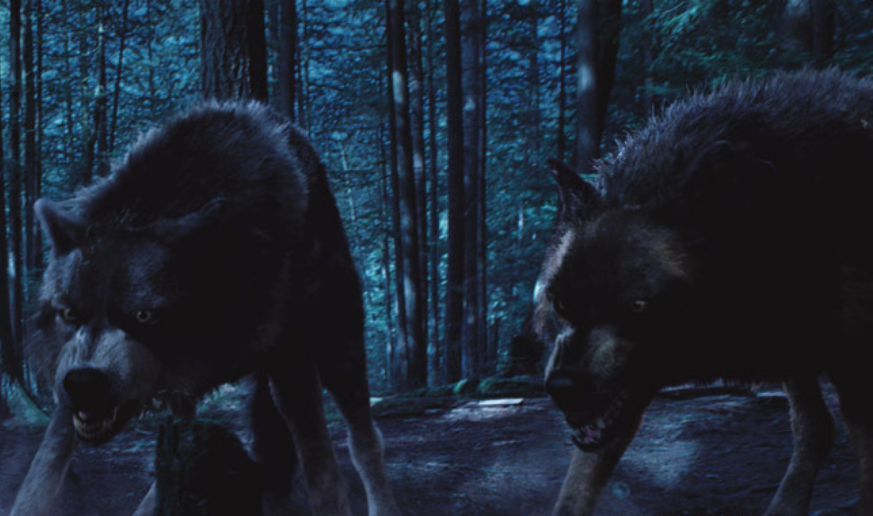
Case Study
The Saga continues at Image Engine, for part one of the final installment in the Twilight series, Breaking Dawn.
Image Engine supplied 60 shots with a scope of work including wolves, vampire speed effects, digital environments and digital body doubles.
The project was awarded based on the strength of the ‘ravine chase’ sequence that Image Engine created for Eclipse, as well as new developments in the creature pipeline following The Thing, which recently received a VES Award nomination. The company was involved from the outset, with Robin Hackl, Visual Effects Supervisor, providing on-set supervision. Neil Eskuri was the Digital Effects Supervisor for the show, leading a crew of almost 50 artists, with disciplines covering the full spectrum of visual effects production.
“Twilight has been an important project for us, because it gave us the occasion to fully develop a complex fur pipeline for Eclipse, which we have continued to build upon for Breaking Dawn,” said Shawn Walsh, Visual Effects Executive Producer. “Working on a franchise gives the studio a rare opportunity to build on our own work within the same project.”
The fur pipeline for The Twilight Saga was created back in 2010, headed up by John Haddon and the R&D crew. “The success of our work on Twilight in both films had a lot to do with R&D,” said Hackl. “This time around, they came up with a number of improvements to the existing grooming tools and our fur render times, which meant that we could spend less time on the technical hurdles, and put our energy into the wolf performances.”
Fred Chapman, Rigging Lead, had recently created a new modular rigging system called Riglets to handle the complex mutating creatures for The Thing, which helped to facilitate tight animation timelines.
“For Breaking Dawn, Riglets helped us to cut our build times for the animation rigs down to about a fifth of the time it used to take,” explained Chapman. “This meant that we could concentrate our attentions on fine-tuning the anatomical details and movement of the rigs and ensuring the animation team had all the control they needed to finesse the creature’s performance.”
The animation challenges ranged from capturing believable canine characteristics and emotion, through to demonstrating their formidable scale and speed. “Effectively, the wolves are the size of horses – it’s a real challenge to get across the impact that would have on their movements and ground interaction,” said Hackl.
Image Engine handled a key chase sequence through the forest, where the wolves drove the Cullens off their land. Much of the action involved either going up or coming down hills, which proved to be an additional creative challenge for the animators. A motion-capture shoot was arranged with Animatrik Film Design to provide precise reference for the job. “Essentially, this mo-cap shoot enabled the team to study the wolf anatomy as it ran down a steep slope,” said Hackl. “It was important to see how the weight was distributed but also how the animal would behave in that situation – we could then interpret that into a realistic performance for the computer-generated wolves.”
The scene included vampire speed and digital doubles to facilitate a few of the more epic stunts. This also necessitated creating digital environments for some shots to portray the speed at which they were traveling, rather than re-timing the plates.
“From Eclipse to Breaking Dawn, we’ve really covered the whole gamut of wolf and vampire effects,” concluded Hackl. “We’d like to thank Bill Condon, John Bruno, Robin Griffin and the whole production for a great experience on this show.”
“The Twilight Saga franchise has not only been the catalyst for significant improvements to our creature pipeline, it has also led to some really creative work that our crew can be very proud of,” said Walsh. “We look forward to working with Summit again in the future”.


